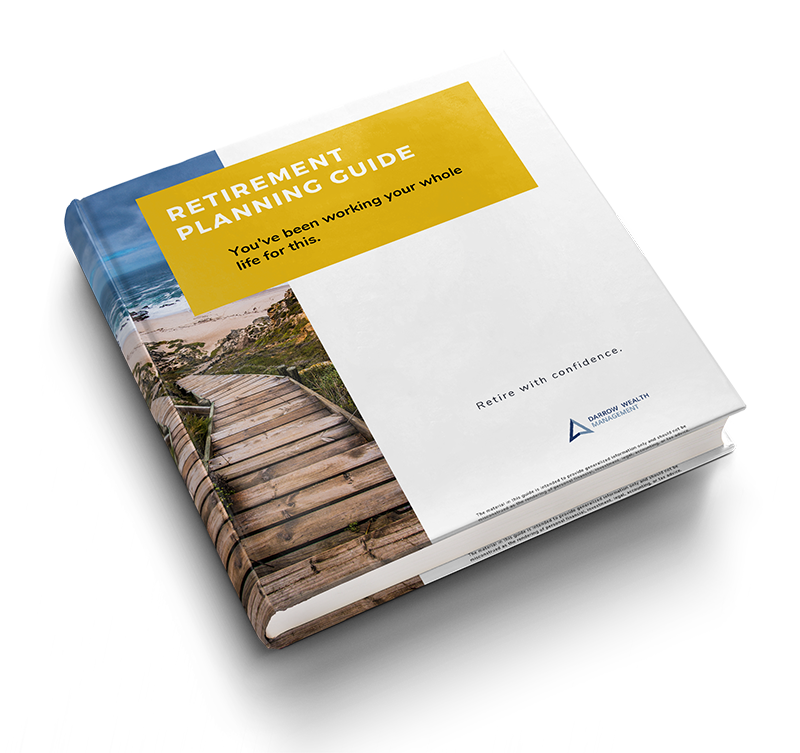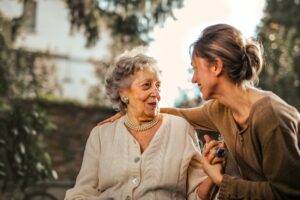The Secure Act 2.0 was signed into law December 29th, 2022, bringing more major changes to tax law. Among the most notable changes include a significant step towards ‘Rothification’ through expanded use, new requirements, and even a way to move money from college savings accounts to a Roth IRA. Here are the top five Roth-related retirement changes following the passing of Secure Act 2.0.
5 new changes to Roth accounts in Secure Act 2.0
1. 529 plan to Roth IRA rollovers
To help alleviate parents’ fears about over-funding 529 college savings accounts, the Act enables penalty-free rollovers from 529 college savings plans to Roth IRAs, with limitations:
- The lifetime rollover limit is $35,000
- Annual rollover limit is pegged to the yearly IRA contribution limit, which includes contributions made to any IRA. In addition, the amount rolled over plus annual IRA contributions cannot exceed the designated beneficiary’s earned income for the year.
- The individual must be the designated beneficiary of the 529 plan and move funds to a Roth IRA in their name
- The 529 account must have been opened for at least 15 years
- Contributions and earnings made within the last 5 years are not eligible for rollover
- Amount rolled over is tax-free (not included in beneficiary’s income) and penalty-free
This one of the most significant changes in the Secure Act 2.0 as it is an entirely new rule. Potential planning opportunities exist, though further guidance from the IRS is needed.
For example, does the 15-year account seasoning period reset when a new beneficiary is named? If the lifetime limit only applies to the beneficiary doing the rollover, not the 529 account, the same account could accommodate multiple rollovers. As there are currently no limits on naming new beneficiaries, their age, etc. So it’s clear there may be some new planning opportunities on the horizon.
The ability to do 529 plan to Roth IRA rollovers goes into effect January 2024.
2. No required minimum distributions (RMDs) in Roth 401(k) plans
Prior to the passing of Secure Act 2.0, only Roth IRAs allowed the original account owner to skip lifetime RMDs. Employees who saved in a Roth 401(k), and never rolled the funds over to a Roth IRA were still subject to mandatory withdrawals at RMD age.¹
Starting in 2024, individuals who left assets in a Roth employer plan won’t be subject to mandatory distributions during their life. However, for the beneficiary, this is still a different story.
As with any financial decision, there are pros and cons to leaving money in an employer plan vs rolling it over. Though most investors ultimately prefer consolidation, the ability to bypass RMDs on Roth 401(k)s eliminates a significant drawback for those with Roth accounts wanting to stay in plan.
3. Catch-up contributions required to be Roth
Another major change in Secure Act 2.0 is the requirement that plan participants age 50+ make catch-up contributions to a Roth account.² Currently, pre-tax or Roth contributions are allowed. The new rule offers an exception for workers who earned less than $145,000 (indexed) the previous year for the same employer.
As currently written, this poses a planning opportunity for individuals over 50 who change jobs mid-year as they may be eligible for pre-tax catch-up contributions for another year or two before triggering the compensation limit for the prior year. The changes will apply to 401(k), 401(a), 403(b), and 457(b) plans starting in 2024. Update: in 2023, the IRS delayed the implementation of this new rule until 2026.
Of course, individuals over age 50 are usually entering their highest earning years, so no longer being able to exclude $7,500+ from income will end up costing most high earners in the form of higher taxes for the year.
This is another part of the Secure Act 2.0 that presents significant hurdles for small employers. The Act stipulates that unless a plan allows catch-up contributions in Roth accounts, then no one in the plan can make catch-up contributions. Due to the added administration and expense of permitting Roth contributions, many small 401(k) plans don’t currently offer a Roth option.
4. Optional treatment of employer contributions as Roth
Before the passing of the Act, employer funding could only be pre-tax. Now, effective immediately, plan sponsors may choose to offer non-elective or employer matching contributions to Roth accounts. Employers offering matching based on student loan payment may also apply contributions to Roth accounts.
All employer funds treated as Roth will be immediately 100% vested. But note that the employer’s Roth contribution will be included in the employee’s gross income for the year. This potentially creates a liquidity crunch if employer contributions are significant, as the employee doesn’t get any extra cash to pay the tax.
Although employer Roth contributions can start immediately, it will take time for employers and administrators to catch up. Given the other sweeping changes in Secure 2.0, it will take some time for plans to digest the new provisions.
5. SIMPLE and SEP IRAs may now accept Roth contributions
Before the passing of the Act, SIMPLE IRAs and SEP IRAs could only accept pre-tax funds. Now, for tax years starting in 2023 (e.g. now), both SEP and SIMPLE IRAs can offer a Roth options. The IRS must still pave the way for this by issuing additional guidance. Then, employers need to update plan documents, so again, it may take time to truly be in effect.
Planning for change
The Secure Act 2.0 is just another massive change in tax law in the last few years. Starting with the 2017 Tax Cuts and Jobs Act, then the 2019 Secure Act 1.0, it’s clear that investors need to be adaptive in tax planning. At the very least, the Secure Act 2.0 illustrates the importance of revisiting your retirement and tax planning strategy annually.
¹ The RMD age use to be pretty simple. The Secure Act 1.0 increased the age from 70 ½ to 72 for many taxpayers who hadn’t yet started distributions. Now, the Secure Act 2.0 raises the required minimum distribution age again. In 2023, the RMD age is 73 (if born between 1951-1959); in 2033, the age increases to 75 (if born on/after 1960).
² In 2023, the catch-up contribution is $7,500. In 2025, the catch-up contribution becomes the greater of $10,000 or 150% of the catch-up limit for those between 60 – 63.
Last Updated 10.16.2023
This article was written by Darrow Advisor Kristin McKenna, CFP® and originally appeared on Forbes.










